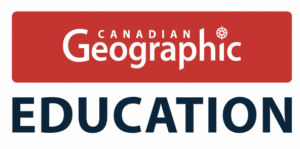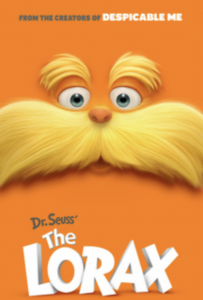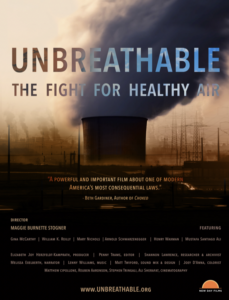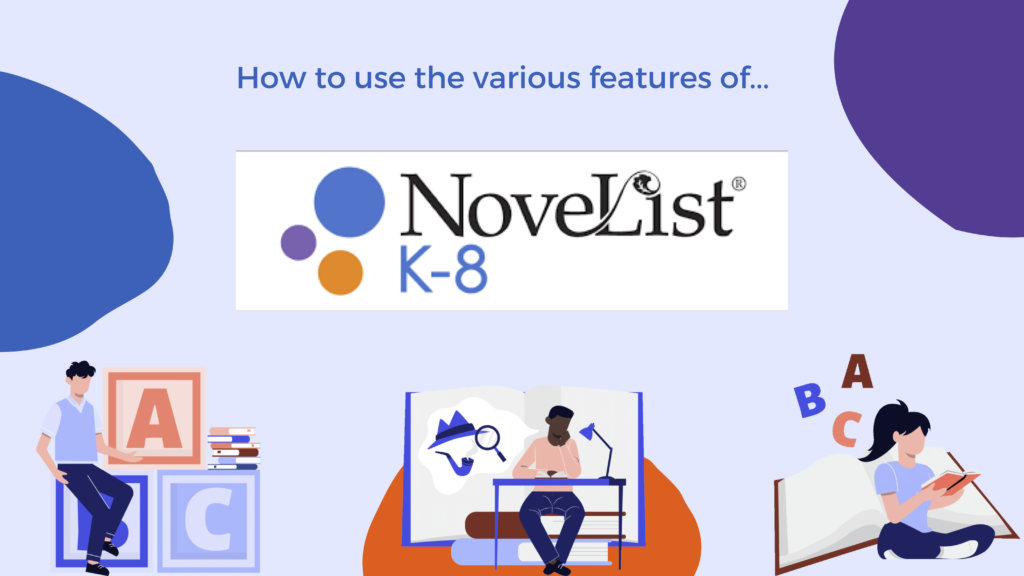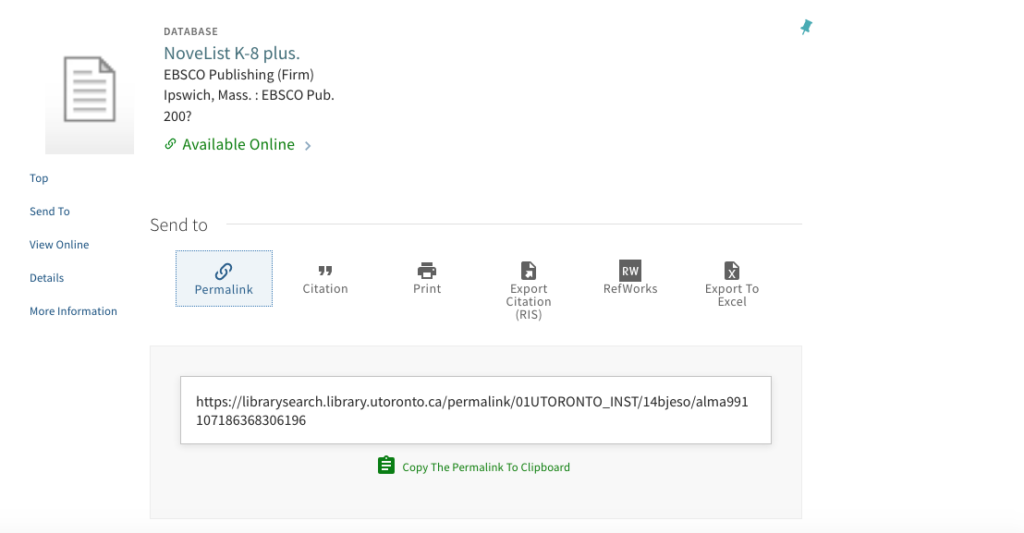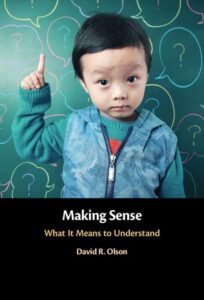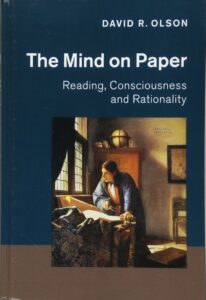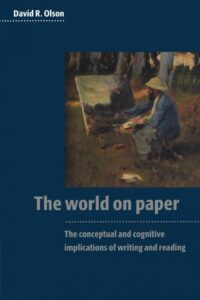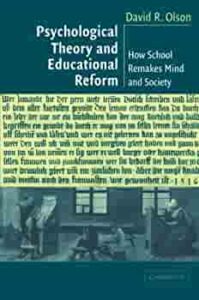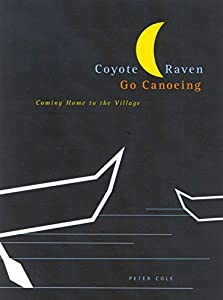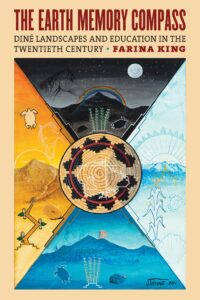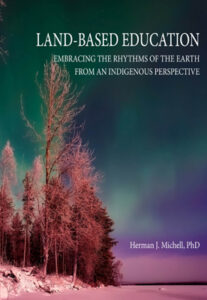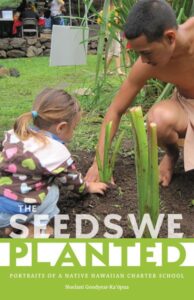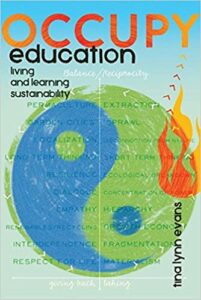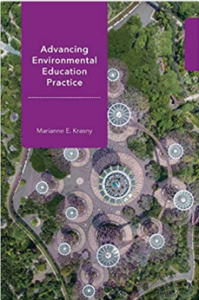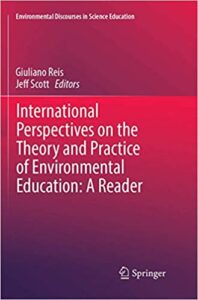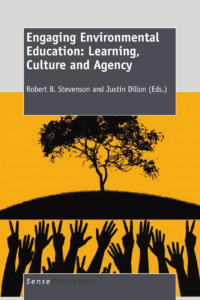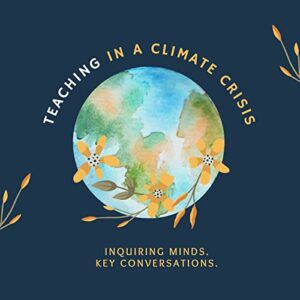Education plays a crucial role in how we help students understand the complexity of local and global environmental challenges, and build capacity for individual and collective climate action. Teacher candidates are well-positioned to make positive contributions to the lives of youth and become conduits for change.
This is a compiled list of resources available through the University of Toronto Libraries to support and encourage teaching Environmental and Sustainability Education (ESE) in the classroom.
Web Resources
 Resources for Rethinking is a great starting point for teacher candidates interested in incorporating resources for environmental and sustainable education into their teaching. The resources can be tailored by province and territory, as well as by grade. The resource includes lesson plans, literature, videos, and activities (including outdoor activities) for teachers to use.
Resources for Rethinking is a great starting point for teacher candidates interested in incorporating resources for environmental and sustainable education into their teaching. The resources can be tailored by province and territory, as well as by grade. The resource includes lesson plans, literature, videos, and activities (including outdoor activities) for teachers to use.
Canadian Geographic Educator Resources
Canadian Geographic Education offers free, bilingual resources for grades K to 12 on a variety of topics related to climate change, citizen science and our environment.
Picture Books and Literature
We Are Water Protectors by Carole Lindstrom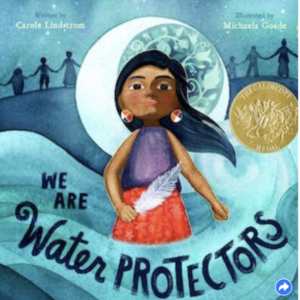
Water is the first medicine that affects and connects us all … When a black snake threatens to destroy the Earth and poison her people’s water, one young water protector takes a stand to defend Earth’s most sacred resource. Inspired by the many Indigenous-led movements across North America, this picture book issues an urgent rallying cry to safeguard the Earth’s water from harm and corruption.
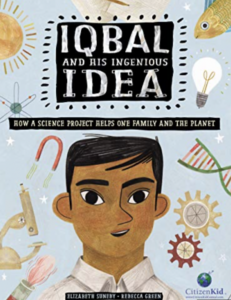 Ibqal and his ingenious idea: how a science project helps one family and the planet by Elizabeth Suneby
Ibqal and his ingenious idea: how a science project helps one family and the planet by Elizabeth Suneby
It is monsoon season in Bangladesh, and that means Iqbal’s mother must cook indoors over an open flame, even though the smoke is making her and the family sick. When Iqbal learns about the district science fair, with the theme of sustainability, he is determined to win first prize. For his science fair project, he will build a cook stove that doesn’t produce smoke. This book offers a child-centered look at a global environmental and health problem that affects more than three billion people.
Nibi’s water song/ Nibi a soif, très soif by Sunshine Tenasco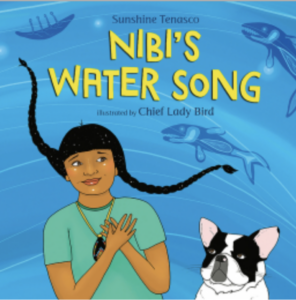
Nibi (meaning water in Anishinaabemowin) is an Indigenous girl on the search for clean water to drink. Though she is faced with repeated obstacles, Nibi’s joyful and determined energy become a catalyst for change and action as her community, and in widening circles, the country and government rally around her to make clean drinking water available for all. There is a strong underlying message that even when a problem seems too large to face, every bit helps.
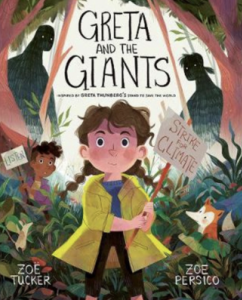 Greta et les géants : une histoire inspirée du combat de Greta Thunberg pour sauver la planète by Zoë Tucker
Greta et les géants : une histoire inspirée du combat de Greta Thunberg pour sauver la planète by Zoë Tucker
This book follows Greta, a little girl who lives in a beautiful forest threatened by Giants. When the Giants first came to the forest, they chopped down trees to make houses. Then they chopped down more trees and made even bigger homes. The houses grew into towns and the towns grew into cities, until now there is hardly any forest left. Greta knows she has to help the animals who live in the forest, but how?
The Marrow Thieves by Cherie Dimaline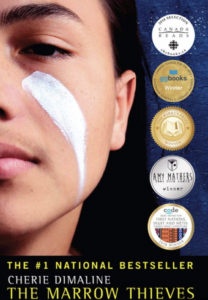
In a futuristic world ravaged by global warming, people have lost the ability to dream, and the dreamlessness has led to widespread madness. The only people still able to dream are North America’s Indigenous people, and it is their marrow that holds the cure for the rest of the world. But getting the marrow, and dreams, means death for the unwilling donors. Driven to flight, a fifteen-year-old and his companions struggle for survival, attempt to reunite with loved ones and take refuge from the “recruiters” who seek them out to bring them to the marrow-stealing “factories.”
Films and Videos
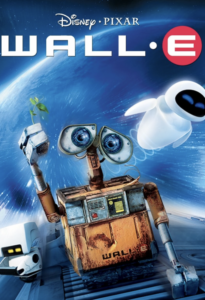 WALL-E (2008)
WALL-E (2008)
WALL-E depicts a future of the Earth in squalor, completely covered in trash and left behind by its former human inhabitants. This animated film showcases our planet’s growing problems with pollution and waste.
The Lorax (2012)
The Lorax explores the interconnected world of humans, animals and trees. The animated film demonstrates the possible damage of over-consumption and deforestation, and highlights the importance of empathy and coexistence with nature.
Vanishing Point (2015)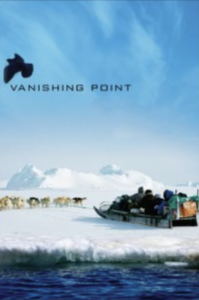
This feature documentary tells the story of two Inuit communities of the circumpolar north—one on Canada’s Baffin Island, the other in Northwest Greenland—that are linked by a migration led by an intrepid shaman. Navarana, an Inughuit elder and descendant of the shaman, draws inspiration and hope from the ties that still bind the two communities to face the consequences of rapid social and environmental change.
Unbreathable (2020)
This documentary is a timely and powerful look at the Clean Air Act in the United States and the challenges that many still face to ensure healthy air for everyone. Weaving historical milestones with current day stories of environmental injustice, the film is an excellent tool for educational engagement on climate justice, pollution and advocacy.
ON CORE is a bilingual video streaming platform designed for the Ontario curriculum (K-12). Educators can search by age, course codes, subjects and curriculum stands in order to tailor videos to lesson plan and curricular objectives. Below are some possible videos that can be used to support environmental and sustainable education:
- Grades K-2 – Sustainability, Ecosystems and Climate Change – Videos
- Grades 3-5 Conservation of Energy and Resources – Videos
- Grades 6-8 Canadian and World Studies – Sustainability and Stewardship – Videos
- Grades 9-12 Social Studies – Natural Resources Around the World – Videos
Manipulatives
OISE Library’s Curriculum Resources Collection include many manipulatives, which are tangible objects that students can manipulate to acquire a deeper understanding of concepts in the classroom, for student teachers to utilize. Within the collection, there are many manipulatives that could be relevant to ESE lesson plans and activities.
Tree Biodiversity Kit (CR 582.1603 T786 OVERSIZE) 
This kit includes teacher and student guides that scaffolds student understanding and completion of the tree species identification activity. The kit focuses on biodiversity, species identification and climate markers.
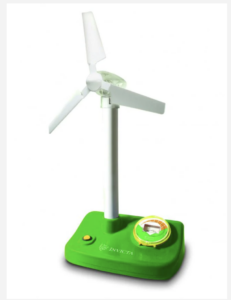 Renewable Energy Kit (CR 333.794 R411 OVERSIZE)
Renewable Energy Kit (CR 333.794 R411 OVERSIZE)
The Renewable Energy Kit is comprised of many components that allows students to explore how the sun, wind, and water can supply energy to make things move and work.
Environmental Situation Cards (CR 574.5 E61)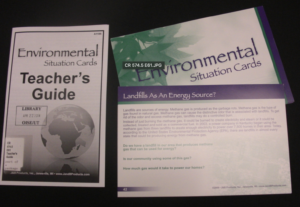
Presenting 50 common issues affecting people around the globe, this resource asks questions for students to consider on areas such as global warming, renewable resources, fossil fuels as well as common conversation topics. Each card features information about a topic along with follow up questions which would be useful to practice reading comprehension or provide provocations for journal writing or group discussions.

